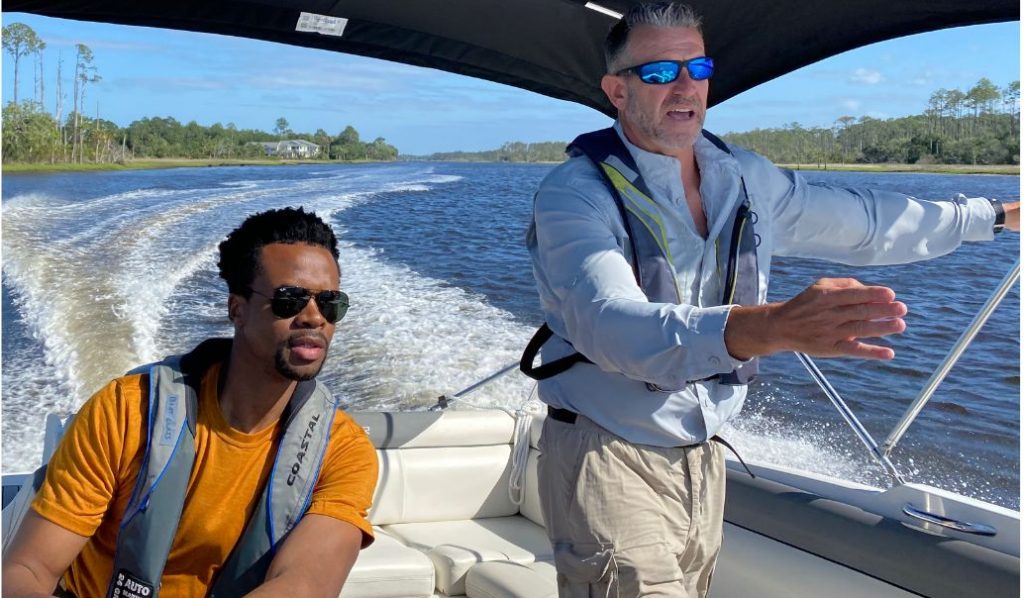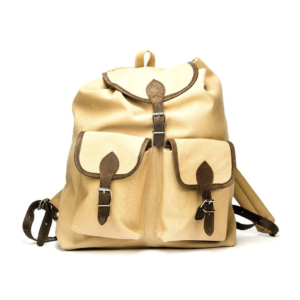
Tips From our Female Captains
More women than ever before have discovered the boating lifestyle. Whether at the helm or as a valued second mate, they are enjoying the benefits of boating. Here are some great tips from some seasoned female skippers who train hundreds of women each year as part of the Freedom Boat Club DIVA program.


